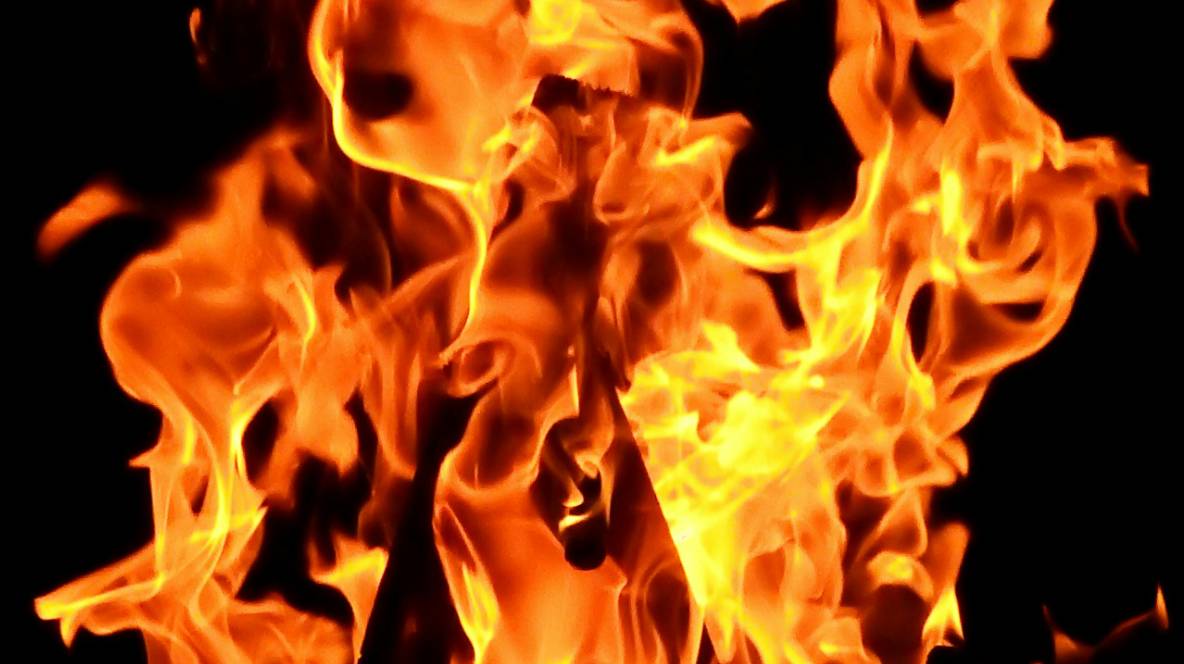Managing the Heat: Controlling Exothermic Reactions in Epoxy
Prevent cracking, delamination, and other epoxy curing defects caused by exothermic heat. Our guide covers key strategies, including epoxy selection and temperature control. Explore Incure’s solutions for optimal bonding.
Epoxy resins undergo an exothermic reaction during curing, releasing heat that can significantly impact the final properties of the adhesive and surrounding materials. Understanding the factors influencing these exothermic reactions and implementing effective control measures is crucial for successful epoxy applications. This guide explores the science behind exothermic reactions, the challenges they pose, and strategies for managing them, including solutions offered by Incure.
Understanding the Science of Exothermic Reactions in Epoxy Curing
The exothermic reaction in epoxy occurs when the resin and hardener combine, initiating a chemical change. This process generates heat. Several factors influence the intensity of this heat release:
- Epoxy Formulation: Different epoxy resins have varying degrees of exothermic heat generation. Some are designed for minimal heat release.
- Mix Ratio: The precise ratio of resin to hardener directly affects the reaction rate and the total amount of heat released.
- Pot Life: Epoxies with shorter pot lives (the working time) often exhibit more intense exothermic reactions due to a faster curing process.
- Epoxy Volume: Larger volumes of epoxy generate more heat during curing because there’s more material undergoing the exothermic reaction.
Challenges and Risks of Uncontrolled Exothermic Reactions
Excessive exothermic heat can lead to several problems:
- Thermal Stress: Heat-induced expansion and contraction can create internal stresses, leading to cracking, delamination, or weakening of the bond.
- Volatile Release: High temperatures can cause the release of volatile organic compounds (VOCs), negatively affecting the adhesive’s properties and potentially posing health risks.
- Curing Defects: Uneven heat distribution can result in incomplete curing, creating voids, weak spots, or inconsistent bonding.
- Material Damage: Extreme heat can damage surrounding materials, especially sensitive components or substrates.
Effective Strategies for Managing Exothermic Reactions in Epoxy:
Managing exothermic reactions is essential for achieving optimal bond strength and long-term reliability. Here are some key strategies:
- Epoxy Selection: Choose epoxy formulations specifically designed for lower exothermic heat generation, particularly for larger volume applications or heat-sensitive substrates.
- Precise Mix Ratio Control: Strictly adhere to the manufacturer’s recommended mix ratio. Deviations can significantly alter the reaction rate and heat output.
- Smaller Batch Sizes: Working with smaller quantities of epoxy minimizes the total heat generated during curing.
- Temperature Control: Implement cooling methods, such as water baths, forced air cooling, or temperature-controlled curing chambers, to dissipate heat and maintain a consistent curing temperature.
- Thermal Management Materials: Utilize thermal interface materials (TIMs) to distribute heat more evenly and prevent hot spots.
- Proper Fixturing: Securely fixture components during curing to prevent movement caused by thermal expansion and contraction.
Incure’s Expertise and Solutions for Exothermic Reaction Management:
Incure offers a comprehensive range of epoxy formulations with varying levels of exothermic heat generation, tailored to meet diverse application needs. Our expertise in material science and application engineering enables us to provide customized solutions and expert technical support to address your specific exothermic challenges. Contact us to discuss your project requirements.
Conclusion: Mastering Exothermic Reactions for Superior Epoxy Bonding
Successfully managing exothermic reactions is paramount for achieving high-quality, reliable epoxy bonds. By understanding the factors influencing heat generation and implementing the appropriate control measures, manufacturers can prevent product defects, improve performance, and ensure the long-term integrity of their bonded assemblies. Incure’s expertise and product portfolio provide the resources you need to effectively manage exothermic reactions and optimize your epoxy applications.
Need help choosing the right epoxy adhesive or curing solution? Contact us for advice or explore our full range of Incure solutions at www.incurelab.com.
